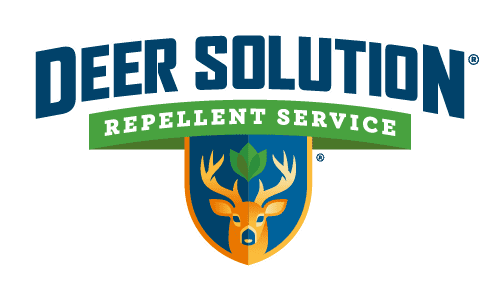The Escalating Issue of Deer Overpopulation
Middlesex County, NJ, is in the throes of an environmental and agricultural challenge similar to neighboring counties, characterized by a growing deer population. This overpopulation is not just an agricultural concern but also impacts residential areas and local ecosystems.
The presence of deer, identifiable by their distinctive antlers, has become increasingly common in the county’s farmlands, leading to significant crop damage and economic losses.
Impact on Local Agriculture
The escalating deer population is exerting considerable pressure on Middlesex County’s farmers. They are facing substantial crop losses due to deer damage, which in turn is affecting their livelihoods.
The situation is reminiscent of the challenges faced in nearby Atlantic County, where farmers have had to adapt their practices significantly due to similar issues.
Legislative Measures and Solutions
In response to these agricultural challenges, the state of New Jersey has enacted supportive measures. A key legislative development is the expansion of a grant program for deer fencing, aimed at helping farmers, including those who lease land, to protect their crops from deer.
This initiative represents a proactive approach to mitigate the adverse effects of deer overpopulation on agriculture.
Community-Based Deer Management
Middlesex County is implementing community-based deer management programs to address the issue. These programs aim to reduce deer populations to manageable levels, thereby minimizing their impact on agriculture and local ecosystems.
The strategies employed are diverse, catering to the specific needs of the affected areas.
Challenges and Strategies
The challenge of managing deer overpopulation is multifaceted. It requires a balanced approach that considers the needs of agriculture, residential concerns, and ecological preservation.
This involves policy development, community engagement, and wildlife management strategies that are effective yet sensitive to the ecological balance.
Future Directions
Looking ahead, Middlesex County’s efforts to manage deer overpopulation involve continuous adaptation and collaboration among various stakeholders. The goal is to establish sustainable solutions that protect agricultural interests, preserve the natural beauty of residential areas, and maintain ecological health.
The Importance of Public Awareness
Raising public awareness about the issue of deer overpopulation is crucial. Educating residents and farmers about the impacts of deer on agriculture and ecosystems can foster a more informed and cooperative approach to managing this challenge.
Ecological Implications
The ecological implications of deer overpopulation extend beyond agriculture. Deer can affect local flora and fauna, altering the ecological balance. Therefore, the management strategies adopted must also consider the broader ecological impact.
Middlesex County’s situation exemplifies a common challenge in many regions: balancing the needs of human activities with wildlife management.
As the county continues to address the issue of deer overpopulation, the lessons learned and strategies developed could serve as a model for similar challenges elsewhere.










